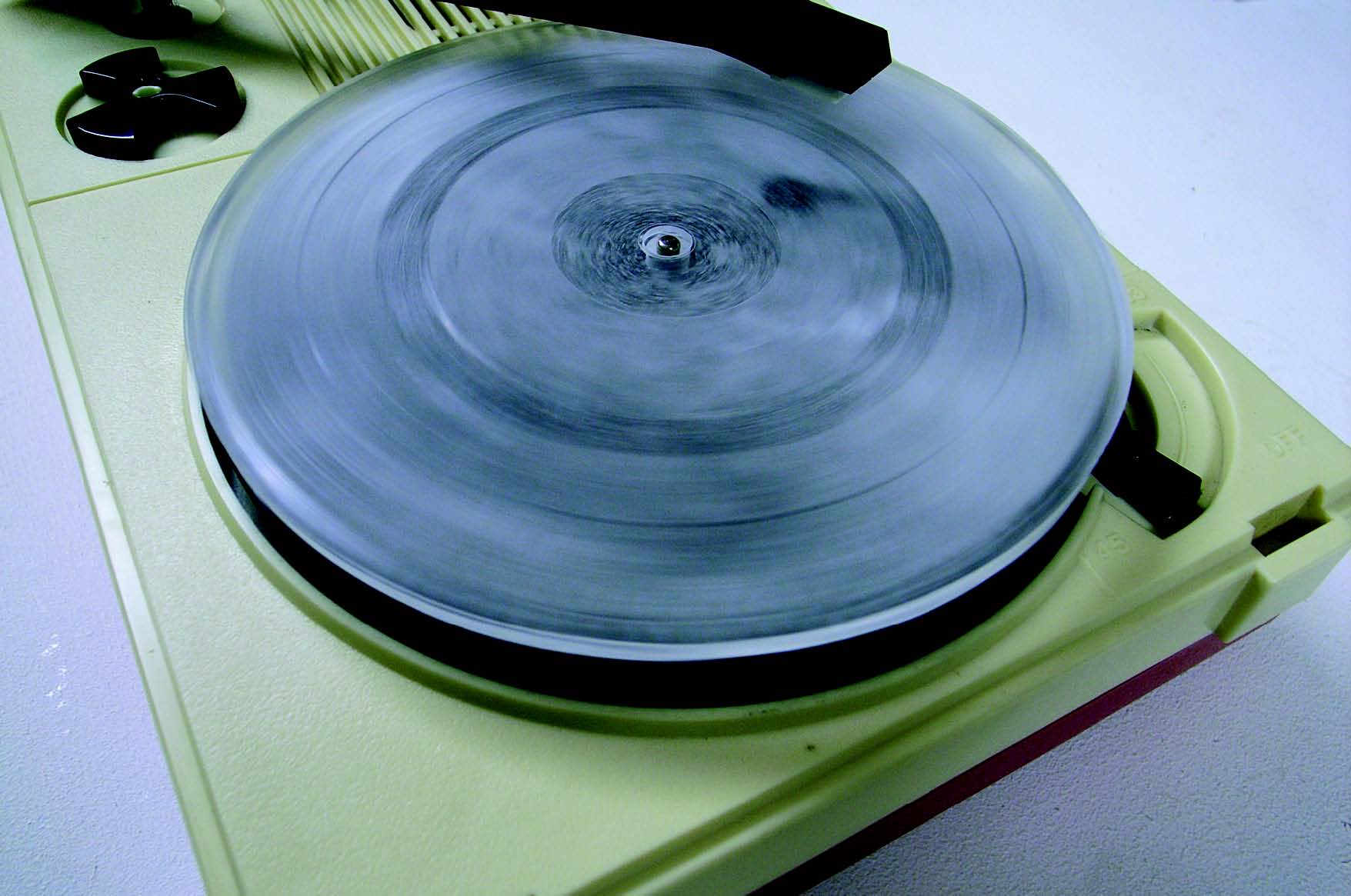by Owen Schaefer
The chasing of artistic trends in contemporary art can come up with some fiddly definitions. Take Micropop—after coining the phrase, art critic and curator Midori Matsui has spent more than ten years pinning down its niceties, and even her simplest definition takes up the better part of a page.
Suffice it to say, it involves a generation of ‘young’ artists in Japan (though a few are now pushing 40), highly influenced by the works of Takashi Murakami and Yoshitomo Nara, but with very different agendas. The ‘micro’ part of Micropop points to a theory that the mi¬nor and the marginalized can have major social impact. And works falling into Micropop’s net place a high value on the imaginary, at¬tempt to assign new roles and new contexts to everyday things, and suggest analogies between disparate objects and images.
Naturally, these are not ideas confined to Japan. But their expressions in the Hara Museum’s show Winter Garden are decidedly, even challengingly, Japanese. For anyone attempting to understand this obtuse side of contemporary art in Japan, the show is more of a koan than an instruction manual, but something worth meditating on.
Micropop is strongly tied in with a resurgence in drawing, arguing that drawing is the most direct and accessible means of expressing the imagination. But one of the most inaccessible artists in the show is surely Ryoko Aoki, whose loose sketches spill across canvases and scraps of paper, sometimes continuing a theme, sometimes altering it. In The Sun, her drawings are set within the context of a kind of workspace installation—including wooden desks, bits of cloth, and other miscellany—establishing multiple (one might argue too many) levels for relating to the work. It’s an interesting conceptual tangle, but visually underwhelming.
More approachable are Makiko Kudo, Aya Takano and Mahomi Ku¬nikata, who each take a more standard approach to the canvas, but have adopted strongly manga-esque styles. Kunikata’s Sound of Mind and Body Freezing: The Story of the Balloons is perhaps the least gruesome in her series of macabre comic-panel paintings which follow the recurring story of a young girl longing for a missing or dead brother, set against a lurid backdrop of city signs and surreal creatures.
But while drawing may be the most basic expression of the imagination, the ubiquity of video now almost rivals the pen for accessibility, and it is the video works at Winter Garden that shine brightest. In Koki Tanaka’s brief video Cause is Effect we witness a series of odd unconnected events—a rag spins around at the center of an electric fan; an umbrella blows end over end down a country path—and are left without beginnings or endings, only a series of lyric ‘happenings’ reminiscent of Aoki’s intertwining doodles, but more vital.
Then in Taro Izumi’s Curos Cave the artist uses a whiteboard marker to draw over the images being broadcast on a television set. Again and again, Izumi pursues the images on his ‘canvas,’ erases them, and starts over, as the viewer’s gaze shifts back and forth between ordinary broadcast images and the hybrid drawings they inspire. The television goes from passive entertainment to an active engagement with the imagination.
Equally fascinating is Lyota Yagi’s work VINYL—a sound performance involving a record player and a record made of ice. When placed on the turntable, the music can be played for only a few moments before it begins to melt, quickly subsiding into nothingness. There are regular performances of this piece, but be sure to check the times before you go.
Show: Winter Garden: The Exploration of the Micropop Imagination in Contemporary Japanese Art (to July 20)
Gallery: Hara Museum of Contemporary Art (Shinagawa Station)
Hours: 11am–5pm (Wed to 8pm, closed Mon) Admission: ¥1,000 Tel: 03-3445-0651 www.haramuseum.or.jp











